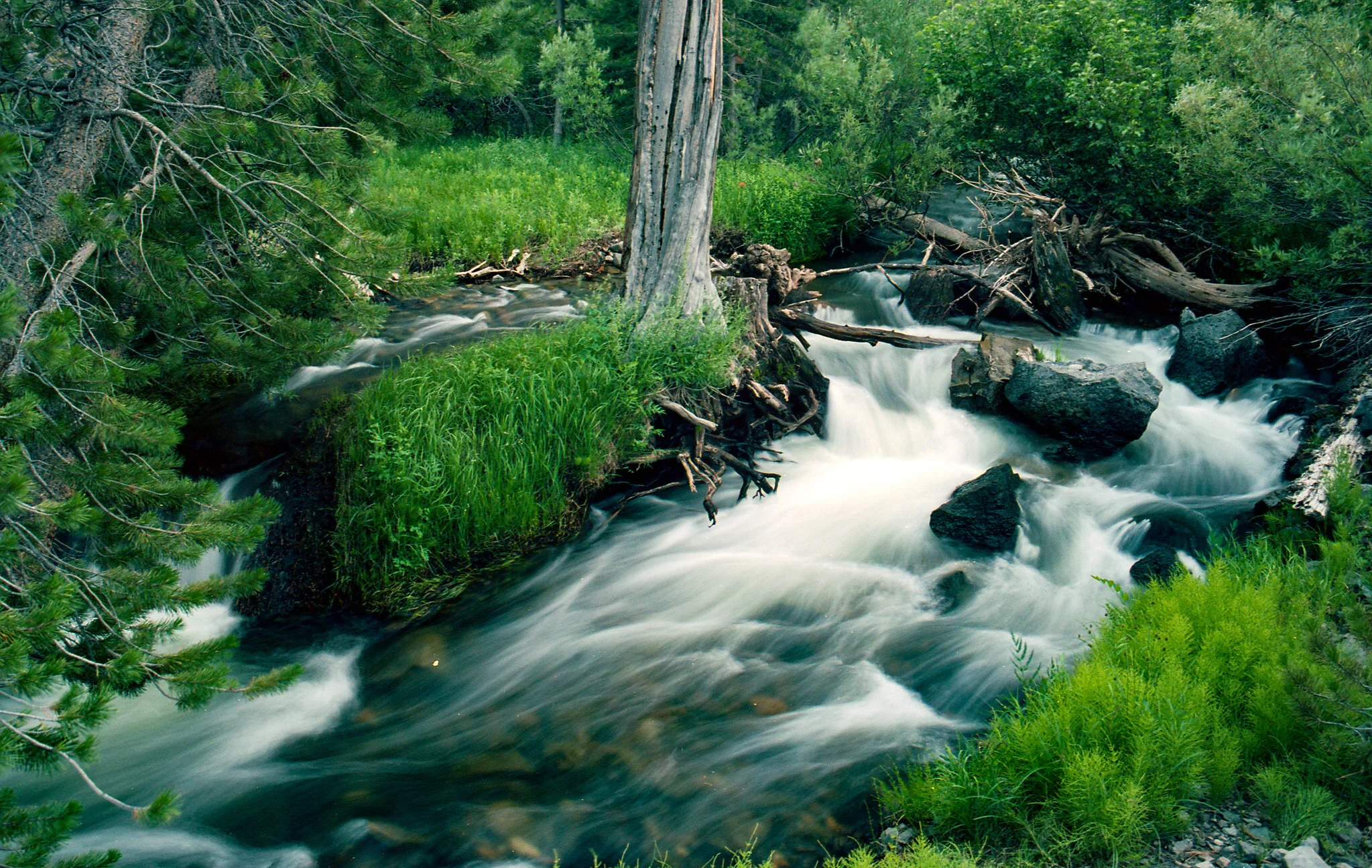An Ode to the East Side
fifteen 35mm images highlighting the glory of the eastern sierra, owens valley and surrounding area
words and photos: trevor anderson
I know I’m not the only one who finds the Eastern Sierra region to be one of the most attractive places in all of the American West. This stretch of land off Highway 395 has been my home away from home for as long as I can remember, but it is important to understand that many natives called this place home long before any of us decided to call it a vacation destination. Be sure to remember that on your next drive up the valley.
Endless opportunities to explore in this region.
The Owens Valley
The Owens Valley is the deepest valley in the country as it sits with multiple 14,000’ peaks on either side, including Mt. Whitney to the west on the Sierra side, and White Mountain to the east on the Inyo side. Decades ago, before all of this land’s water was sucked dry by the city of Los Angeles, it was a beautiful green valley, much like what is found farther north along Highway 395. Now this area is much drier, although this is a story for another time, if you are curious about the water debacle that allowed LA to prosper at the expense of the Owens Valley people, read Marc Reisner’s Cadillac Desert. But, to sum things up, the city of Los Angeles was able to ‘steal’ practically all of the water from the Owens Valley to irrigate their own land in order to have their city grow. And they even knew they were taking far more water than they needed. Instead of allowing the Owens Valley people to be able to use their own water for their irrigation, they decided to expand Los Angeles County so large that they needed every drop of water they could get.
Eastern Sierra Nevada
From the quaint town of Lone Pine all the way to the border of Nevada near Lake Tahoe, the Eastern Sierra is home to a seemingly endless array of beauty. Because the east side of the range stretches vertically much more abruptly than the west side, the view from the valley below truly is like none other. While spending only a few hours along Highway 395 it may seem as if you are traveling through different worlds because of the diverse ecosystems that are found between these greatly varying elevations.
Now also seems as good a time as any to add in the fact that the mountain range on the west side of the Owens Valley is the ‘Sierra Nevada.’ Sierra, meaning ‘a chain of mountains.’ Therefore, it is incorrect to shorten this to ‘Sierras,’ plural, as there is only one chain of mountains. Instead, let's all stick to calling it the ‘Sierra,’ no extra ‘S.’
In the High Sierra, terrain resembles that of the alpine regions typically found in SW Colorado, as you can hike from lake to lake well above the tree line with 12 - 14,000’ peaks surrounding you. However, only a handful of miles below the landscape is drastically different. Here things are much drier. Today, much of the reason why the Owens and Long Valley regions are so dry is because most of the water runoff from the Sierra is directly diverted into Los Angeles. However, across the valley, on the other side of the Inyo Mountains lay one of the largest National Parks in the US with some of the most remote, driest places in the country, Death Valley.
The Eastern Sierra in particular has been the section of this range I have spent the most time in, personally. This is due to many reasons, but the most important being the fact that there is so much space within its varying environments. In the cooler winter months, the southern, lower zones are much more appealing, while during the summer, towns like Lone Pine can reach well over 100 degrees. This is when I head up further north, closer to the town of Mammoth and camp along the Long Valley Caldera.
And this should also go without saying, but I’ve been noticing more and more people coming out to this area over the last several years, and by me posting anything about it I must add the importance of LEAVE NO TRACE! (Please, check out this article if you are unaware off the ways to be sure you leave no trace)
This stretch of California is one of the most alluring in all of the American West. From the immensely steep Eastern Sierra Nevada to the lowest point in the country in Death Valley, there really is no other place like the ‘East Side.’

















